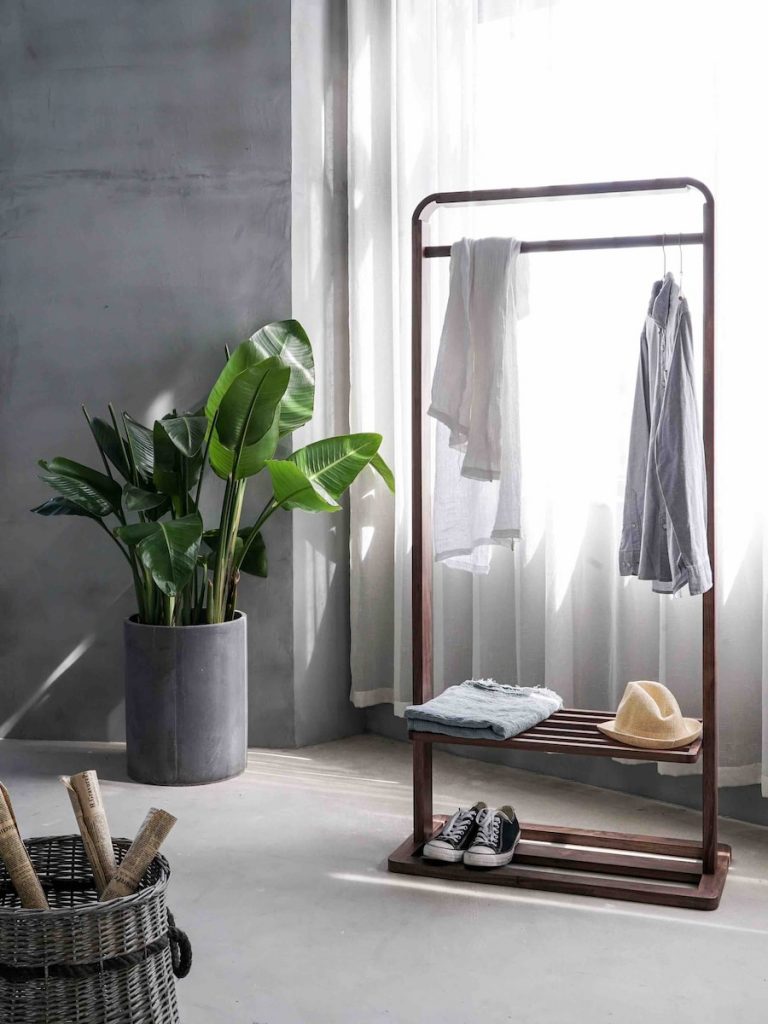Creating a safe wet room is essential for ensuring a comfortable and accessible bathing experience. Whether you’re designing a wet room for personal use or for someone with mobility challenges, taking the necessary precautions is crucial.
From choosing slip-resistant flooring materials to installing grab bars and incorporating proper drainage, there are various factors to consider. This guide will explore the key steps and tips to help you make a safe wet room.
Story Stages
Why safety is so important in a wet room
Safety is of utmost importance in a wet room due to the unique conditions it presents. With its open layout and water-immersed environment, a wet room can become a potential hazard if proper safety measures are not in place. Slippery surfaces can pose a significant risk, especially for individuals with limited mobility or balance issues.
The combination of water and smooth flooring increases the likelihood of falls, which can lead to serious injuries. By prioritising safety in a wet room, you can create a secure and accessible space that promotes independence, minimises accidents, and ensures peace of mind for all users.
Ensuring proper hygiene
To ensure proper hygiene in a wet room, several measures should be taken. First and foremost, installing a ventilation fan or ensuring adequate ventilation is crucial. Effective ventilation helps to remove excess moisture from the air, preventing the growth of mould and mildew which is important as there are many health effects of damp and mould if not dealt with. Bath mats, although commonly used in bathrooms, should be avoided in wet rooms as they tend to absorb a large amount of water and remain damp, providing another common breeding ground for mould.
Instead, opt for non-slip flooring options designed for wet environments, as they are easier to clean and don’t retain moisture. Regular cleaning also is essential, paying close attention to removing any chemical residues left behind by cleaning products.
Install non-slip tiling
Installing non-slip tiling in a wet room is crucial for ensuring safety and preventing accidents. Non-slip floor tiles, specifically designed for wet areas like bathrooms and showers, feature a textured surface that enhances traction. This textured surface provides grip and reduces the risk of slips and falls, even when the floor is wet. Target Tiles offer a variety of non-slip flooring and wetroom options that will provide your bathroom with extra security when it comes to safety.
The importance of non-slip tiling becomes particularly evident when there are young children or vulnerable individuals in the household. Their safety is paramount, and the textured surface helps to minimise the chances of accidents and injuries.
Add grab bars for extra security
For additional health security and support in a wet room, incorporating grab bars is an optional but highly recommended measure. These bars provide users with something to hold onto in case of a slip or loss of balance, reducing the risk of falls and potential injuries. By strategically placing grab bars within the wet room, users have the ability to stabilise themselves and regain their balance quickly.
This is particularly beneficial for individuals with mobility challenges, the elderly, or those recovering from injuries. The presence of grab bars can provide confidence and independence, allowing users to navigate the wet room with ease and ensuring their safety at all times.
Creating a splash area
Creating a splash area within a wet room using a glass screen can greatly enhance safety and convenience. By installing a glass screen around the shower or bathing area, you can contain water within that designated space, preventing other areas from getting wet unnecessarily. This significantly reduces the risk of slips and falls in the wet room, as there is less surface area that can become slippery.
As well as this, having a splash area encourages a more organised and efficient use of the wet room. For instance, someone who only needs to use the toilet or wash their hands can do so without entering the wet area, minimising the chances of accidents.
